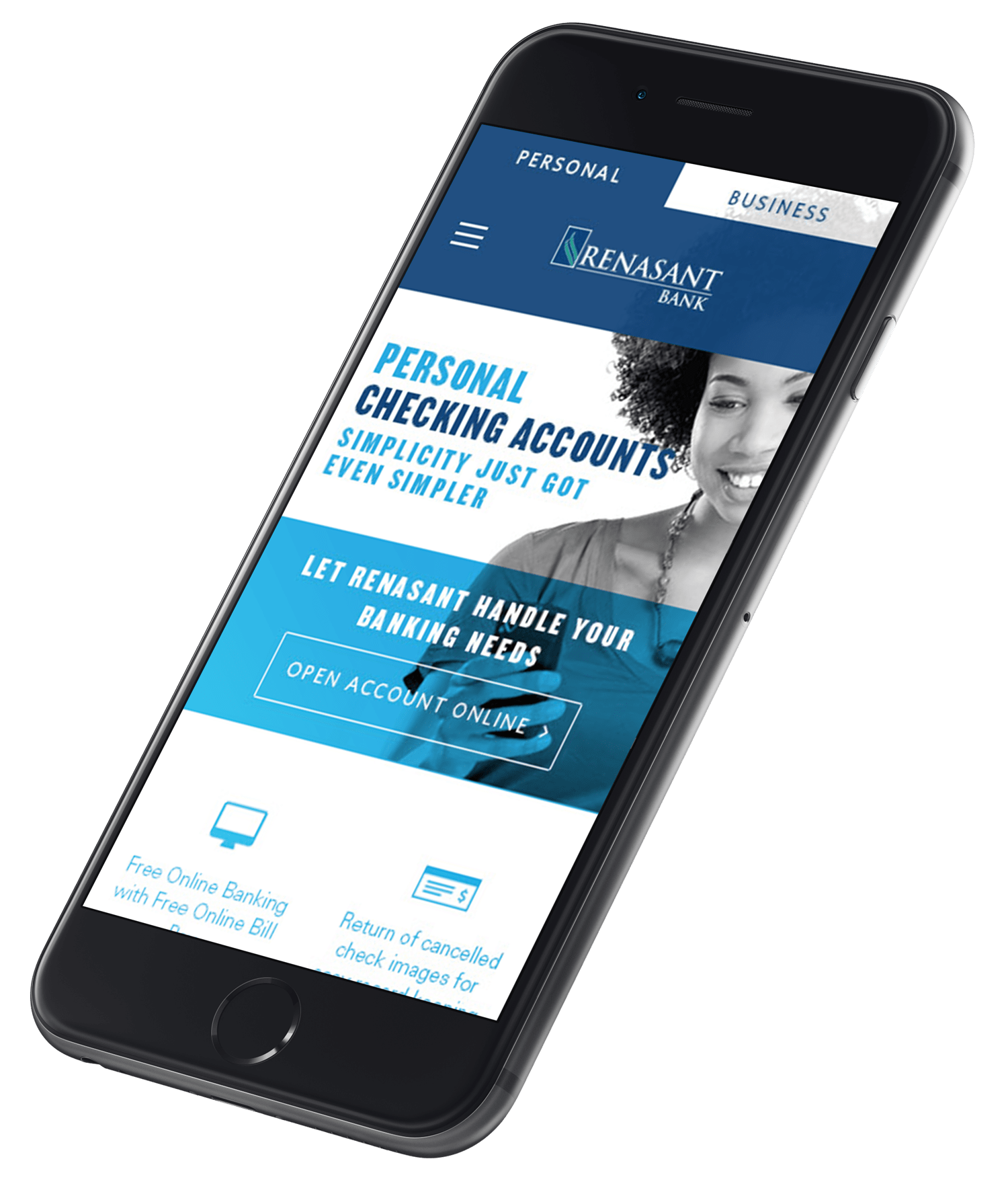As my agency has grown, our clients have also grown. Many of our early clients competed only in local markets but now find themselves competing in larger regional and sometimes national markets.
This is not solely because of the work we produce — as much as I’d like to believe otherwise. Much of this growth is due to our ability to partner with high-potential companies.
A strange give and take exists here, though. Many fresh, young entrepreneurs come to an early meeting at my office and want to talk about their national marketing strategy. Then we talk about the budget to market to the nation. We normally wind up starting with a more focused budget.
Here is the problem most potential clients don’t understand. Everyone starts local.
That’s right, virtually every company you see started locally. It may have been 100 years ago and under a different name, but they all started somewhere and that somewhere was their primary market. Sure, online companies often launch with national and worldwide audiences, but those audiences are local to a corner of the Internet or share a localized interest.
Everyone has to start somewhere and that point is usually the starting line—a localized market.
Again, this might be geographically local or a localized niche of specific needs or interests.
As I said earlier, there is give and take. I often quote Dr. Stephen Covey: “Begin with the end in mind.”
No matter how good your branding, marketing or launch efforts are, if you don’t build a nationally relevant and competitive company, you won’t have a national company. That’s the cold, hard truth.
Before we go any further, let’s establish what a nationally competitive company is. These are companies with a large customer base all over the country—that’s the most obvious metric. But these national companies also compete with other companies and corporations outside their own regional market.
Keep in mind national and local are more often than not terms we use to talk about size and quality and not just location. Local has grown to mean kitschy and poorly designed in the business sense, where national means sleek and efficient.
At my office, we often say of bad design: “Ugh. Looks local.”
In the online age, it can be easy to think online companies immediately scale to their global market, but even Facebook began on one college campus. It was local, but the reason it scaled so quickly is because of its national sensibility.
If you’re setting out to build a nationally competitive company, you must first be a nationally relevant company. Is your Mississippi-based financial institution trying to compete with financial institutions in Seattle? What makes you think you have the services or the know-how to serve customers in the Northwest better than the institutions in their own market? Do you have larger investment portfolios to leverage? Do you have a better online interface? Is your customer support unmatched and available 24/7?
If you’ve answered these questions and are still set on launching a company that’s going to compete in Seattle, Jackson and everywhere in between, you better be ready to handle that volume of customers. To find out what failure looks like, simply launch a national marketing campaign with a “local” staff.
Once you’ve determined you really have something to offer a national audience, prepare your company’s infrastructure to serve that audience. Establish a strong base to grown on. Set up your brand, your business model, your physical infrastructure and your creative components to compete on a national level. Give yourself a successful base and plenty of room to grow.
This step is key. You don’t want to be faced with a rebrand and a massive infrastructure remodel after one or two years in business.
Now, pause for a moment and accept the fact that you won’t be a nationally competitive company overnight. Repeat after me, “I am a local company with lots of potential and even more work to do.”
Set attainable growth goals. How many people do you want to reach and when can you reasonably begin to reach them?
Let’s take another look at Facebook. The platform began in 2003 as Facemash, an online collection of all the different Harvard house directories. It wasn’t just a local business—it was hyper local. In early 2004, Facebook expanded to Columbia, Stanford and Yale before going on to serve all the Ivy Leagues, NYU, Boston and MIT.
In 2004, Facebook was a regional online company, but it had national aspirations and a national attitude. It was generating buzz.
Now, with a real business model in place and an organic groundswell of attention, Facebook was prepared to exist in a national marketplace. This is where marketing comes into place.
But remember, a great, national marketing campaign means nothing if you don’t have the infrastructure or relevant products and services to serve the national marketplace. Don’t believe me? Go spend $200,000 on national Facebook ads for a 24/7-customer service hotline but only hire two staffers and see what happens.
Find your easiest and best audience and then slowly expand from there. Mark Zuckerberg was a Harvard student. He had access to the Harvard student body. When it was time to expand, he did it at rival institutions whose student bodies already knew about Facebook.
Now that your customer base is growing, make sure you listen to what they’re saying. They are the ones who can best determine how your company should continue to grow. Your customers are more than happy to tell you how they want to use your products and services or what additional features they would find useful. All you have to do is ask.
A company that listens to its customers and provides them with the tools they desire is a company that’s easy to market to new customers.



